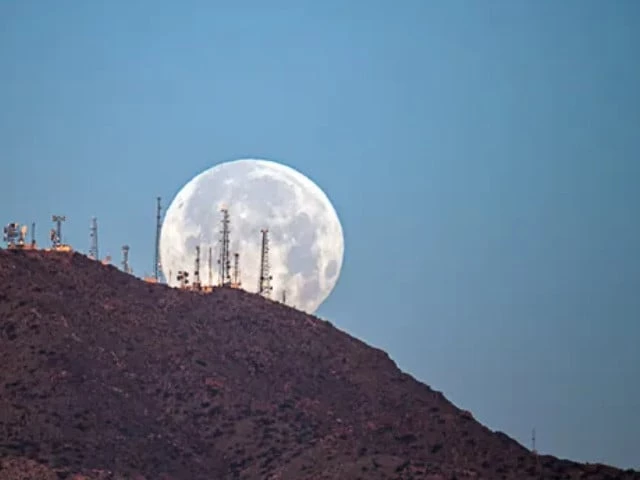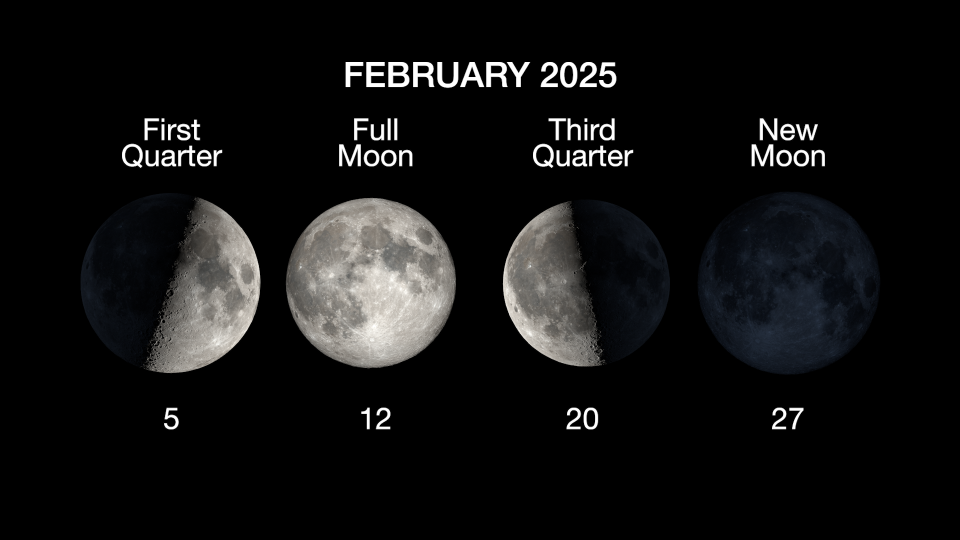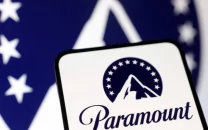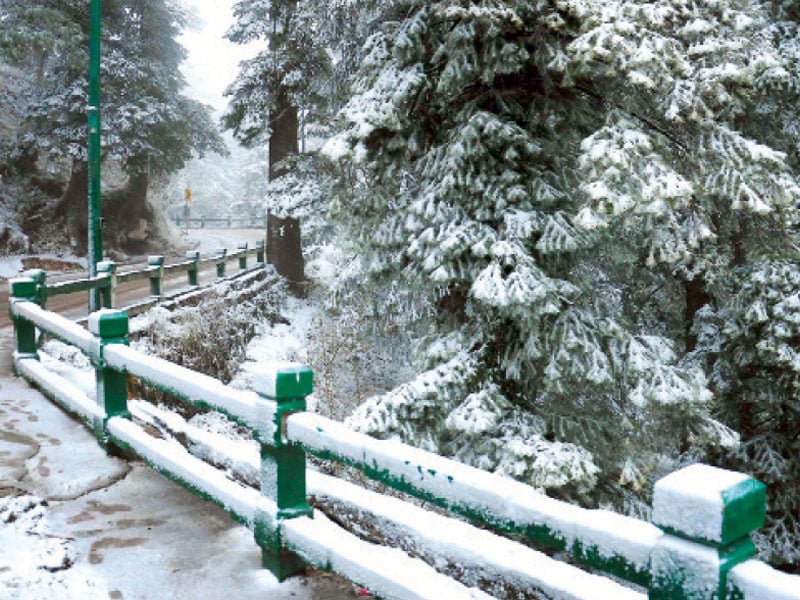When to see the February 2025 Snow Moon: Full moon date and meaning
February 2025 full moon, known as snow moon, to occur just before Valentine’s Day.

February has been an eventful month for astronomical occurrences. It began with a six-planet alignment, also known as a "planet parade," and throughout the rest of the month, five planets will remain visible with binoculars or a small telescope.
Although February’s full moon isn’t classified as a supermoon or a blue moon, it occurs just before Valentine’s Day and will still appear full to the naked eye on Valentine’s night.

Here’s when February’s full moon will appear this week, what it is called, and when the next supermoon is expected.
The full moon in February is known as the “snow moon.” The name comes from the fact that February is often the snowiest month in many parts of the U.S.
“Depending on location and climate conditions, February can be one of the snowiest months of the year. This is especially true throughout the Ohio River Valley in the eastern and central US, as well as in the coastal Pacific Northwest,” The Farmers’ Almanac says.
“Furthermore, at this mid-winter point without many other strongly distinguishing characteristics—no plants to harvest, no new plants blooming—snow can be the most prominent trait of the month.”
Like all full moons, February’s full moon has alternative names, which different regions and Indigenous tribes have used.
Here are some of the alternative names for February’s snow moon, according to The Farmers’ Almanac:
- Deep Snow Moon – Used by the Mahican tribe in the northeastern U.S. and Wisconsin
- Midwinter Moon – Oneida tribe in upstate New York and the Great Lakes region
- Ice Moon – Found in some Celtic histories
- Makes Branches Fall in Pieces Moon – Named by the Abenaki tribe
- When Trees Crack Because of Cold Moon – Used by the Lakota people of the northern plains
- First Flower Moon – Catawba tribe in South Carolina
- Sleet Moon – Named by the Comanche tribe of the southern plains
February’s snow moon will reach its peak on Wednesday, February 12, at 8:53 a.m. EST.
While the moon is technically full for only a brief moment, it can look full to the naked eye for a few days. This means it will likely still appear full on **Valentine’s Day, Friday, February 14**.
“The moon appears full to the eye for two to three nights,” according to EarthSky. “However, astronomers regard the moon as full at a precisely defined instant, when the moon is exactly 180 degrees opposite the sun in ecliptic longitude.”
In 2025, there will be three supermoons, but they won’t be visible until later in the year.



















COMMENTS
Comments are moderated and generally will be posted if they are on-topic and not abusive.
For more information, please see our Comments FAQ